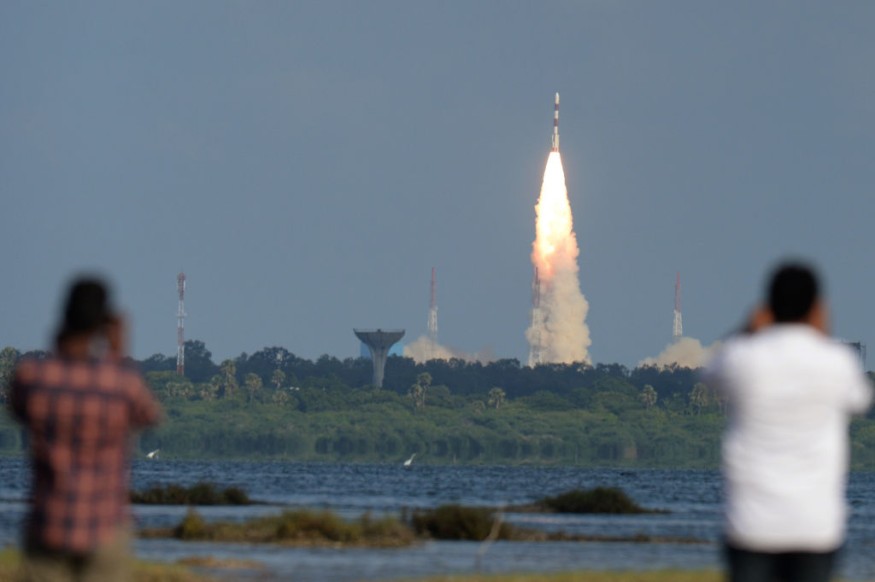India's latest 2022 launch has commenced placing a new satellite for the country's studies on space. The mission is to maintain the ongoing Earth observations after the satellite's sibling met its demise following a failed launch in 2021.
The launch was successful after its lift-off from the Sriharikota's Satish Dhawan Space Center on February 14, 06:17 hours IST.
The flight of the EOS-04 satellite was presented by the Indian Space Research Organisation (ISRO) through a live stream on YouTube and the official website.
ISRO EOS-4 Launch Aboard Polar Satellite Launch Vehicle Accomplished

ISRO carried out a previous rocket launch, called the EOS-3, in the series. However, the satellite met a disastrous end during commencement last August 2021. According to a report by The Economic Times, the ISRO said that the cause of the incident was the failure of the launch vehicle's cryogenic stage to ignite.
EOS-3 was supposed to reach space aboard the Geosynchronous Satellite Launch Vehicle (GSLV) rocket. Before the rocket's failure, GSLV had gone through a separate launch last 2018.
Instead of the GSLV, the new EOS-4 mission utilized the Polar Satellite Launch Vehicle (PSLV). It flew with the satellite straight from Satish Dhawan Space Center just off the coast of Bengal.
EOS-4 will be staying in an orbital region known as a sun-synchronous polar. The altitude of this orbital plane scales to 529 kilometers of height from the planet's surface. The place was selected for the project due to the consistent supply of sunlight that is beneficial for the satellite to capture accurate and high-quality imaging from Earth.
ISRO said that the satellite weighs about 1710 kilograms, can sustain the power that scales to 2280 watts, and could remain on a mission for ten consecutive years.
ALSO READ : NASA Juno Spacecraft Finds Weird Pepperoni Storm Topping Jupiter Similar To Your Favorite Pizza [Watch]
Earth Observation on Orbit; INSPIREsat-1 and INS-2TD Satellites Carried Along EOS-4
According to ISRO, the satellite will provide more detailed imaging regardless of the weather conditions that commonly hinder viewing across the atmosphere. EOS-4 will support future studies on various fields such as forestry, agriculture, hydrology, plantation, and floor mapping.
Space reported that, alongside the EOS-2, the PLSV rocket carried two smaller satellites. Indian Institute of Space Science & Technology and the University of Colorado provided the first satellite called INSPIREsat-1 to quantify the atmosphere's region known as the ionosphere.
INSPIREsat-1's main interest is to analyze superheated gas or plasmas and other compositions in the region. The satellite was developed with the help of Singapore's Nanyang Technological University (NTU) and Taiwan's National Central University (NCU).
The second satellite is ISRO's INS-2TD, which will prepare for the separate upcoming mission called the India-Bhutan Joint Satellite INS-2B.
India is expected to perform future space launches this year. Among the upcoming flights will carry special payloads including the lunar lander Chandrayaan-3, Aditya-L1, and the EOS-06 (Oceansat-3), all to be utilized for missions on the moon, sun, and Earth observations, respectively.
Check out more news and information on Space in Science Times.











